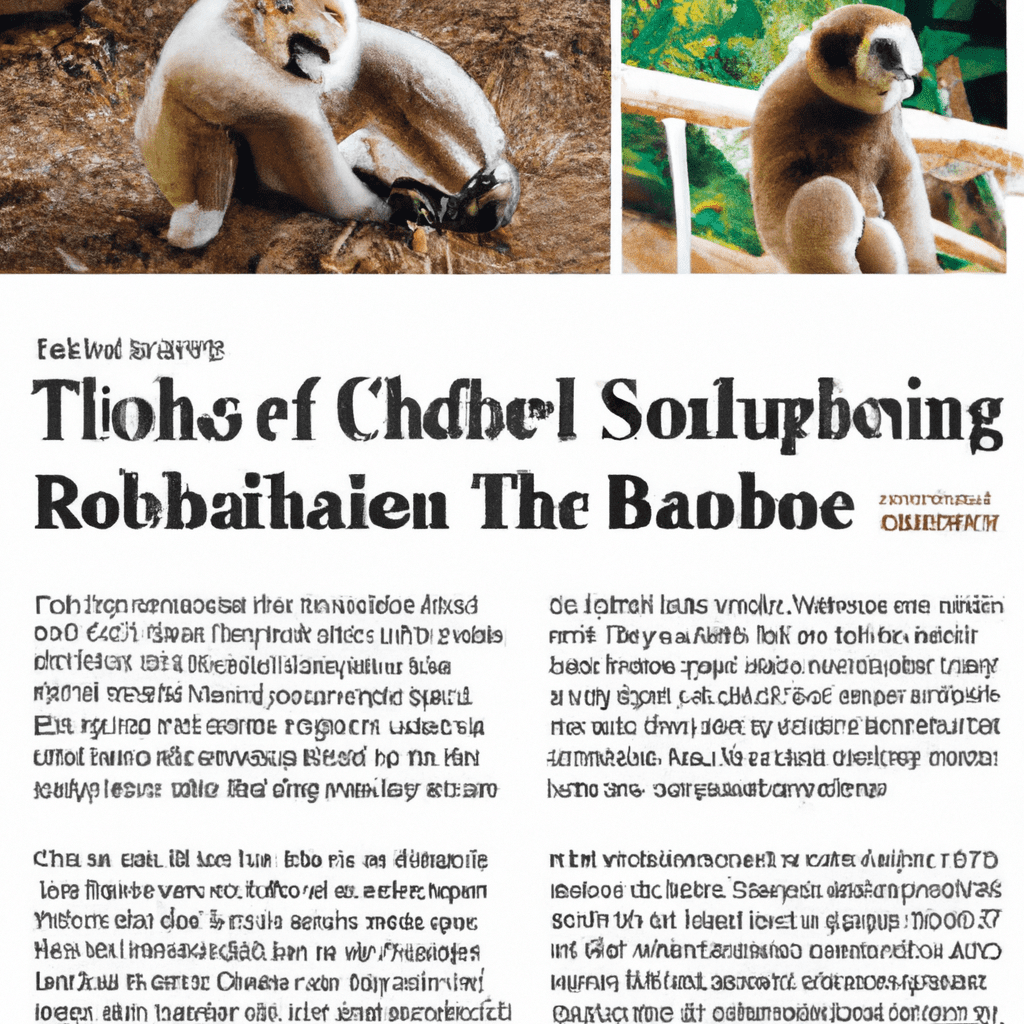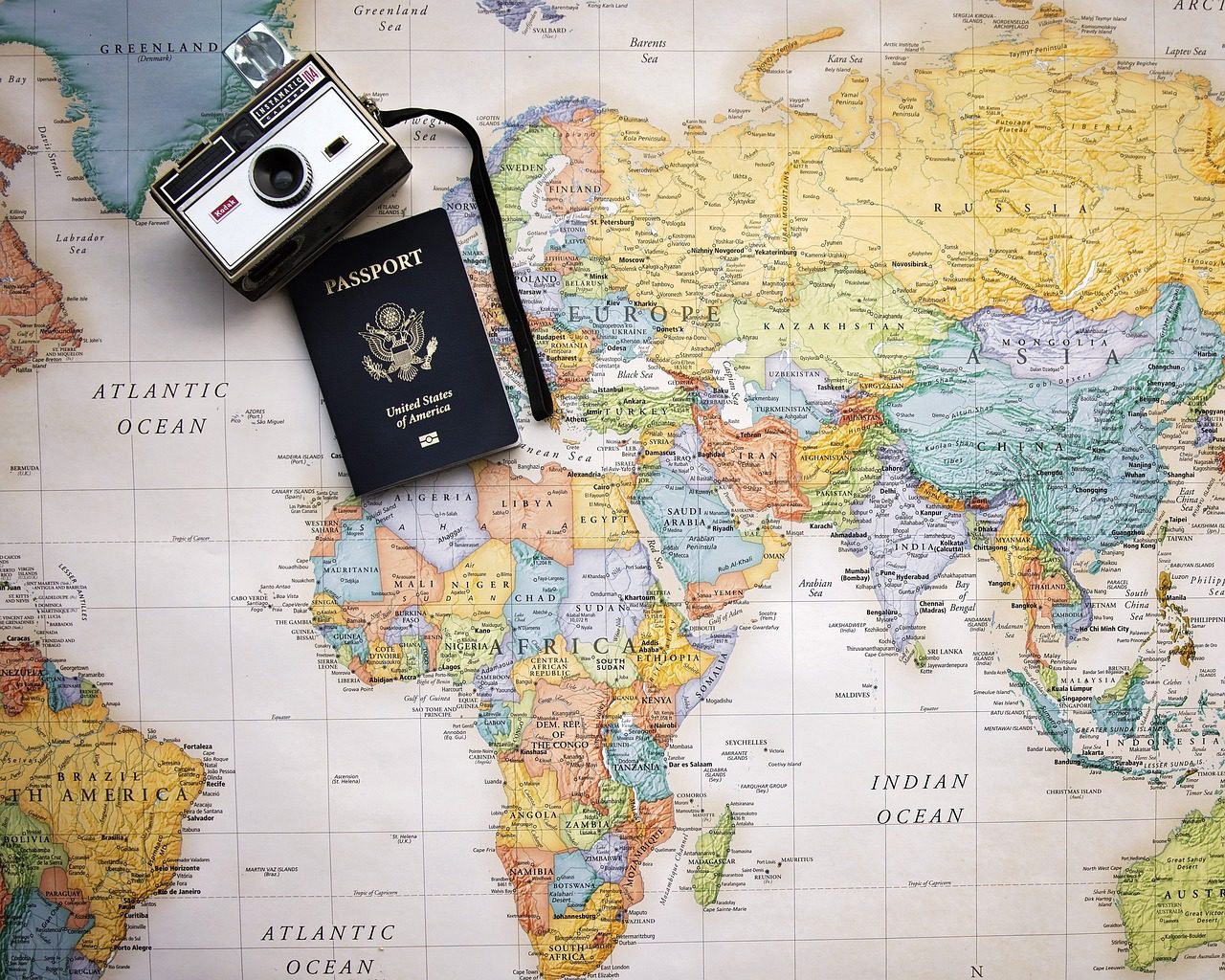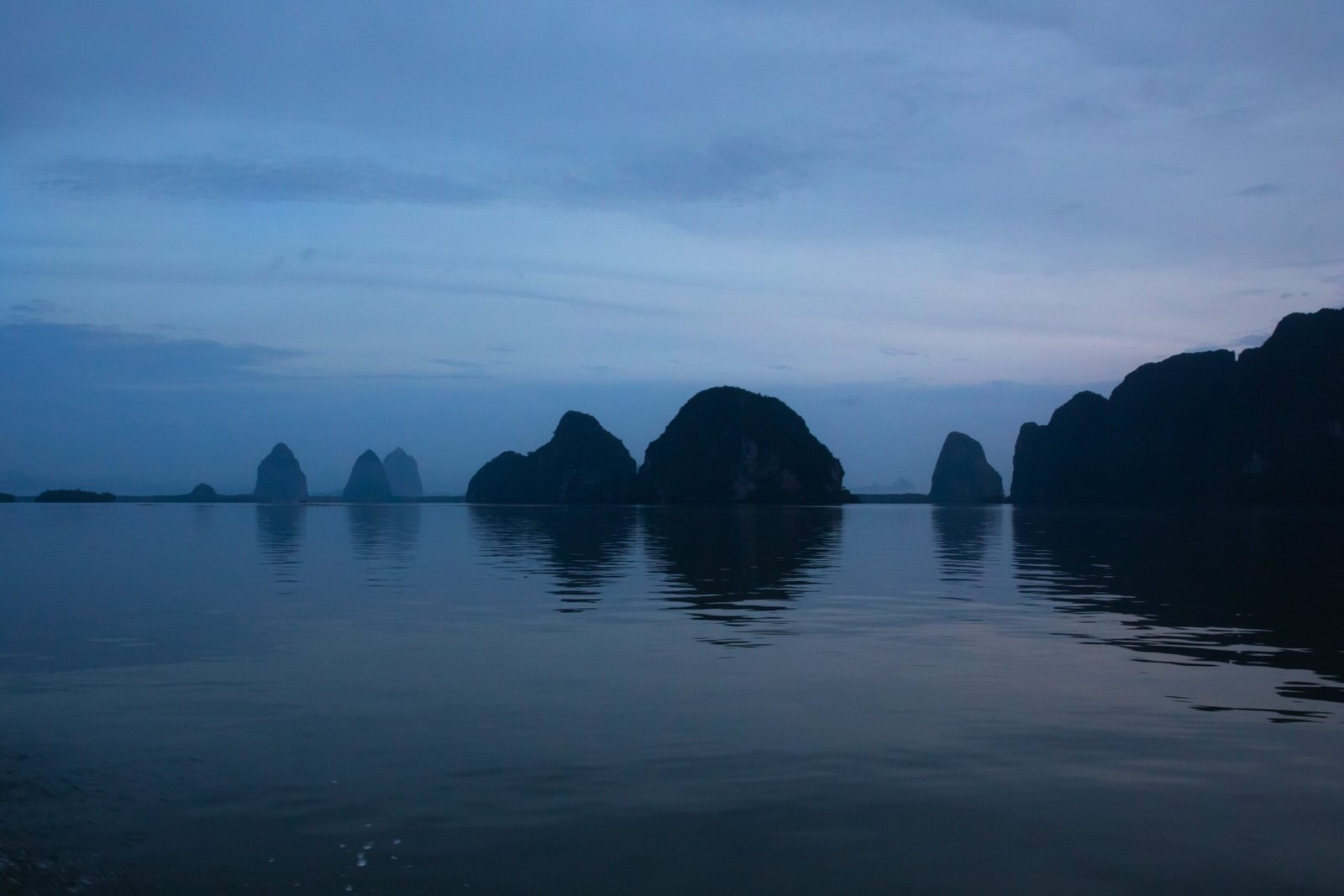Can I Visit The Gibbon Rehabilitation Project In Phuket Island?
Are you curious about the possibility of visiting the Gibbon Rehabilitation Project in Phuket Island? Well, we have exciting news for you! The project offers a unique opportunity for visitors to witness the incredible work being done for the conservation and rehabilitation of gibbons. With its lush surroundings and dedicated staff, the Gibbon Rehabilitation Project is a must-visit destination for anyone passionate about wildlife preservation. So, if you’re ready to embark on an unforgettable journey of learning and discovery, pack your bags and get ready to experience the beauty of these amazing creatures up close.


Background Information
Why visit the Gibbon Rehabilitation Project?
If you are a nature lover and want to experience the beauty of wildlife while contributing to their welfare, then a visit to the Gibbon Rehabilitation Project is a must. This unique project is dedicated to rescuing, rehabilitating, and releasing gibbons back into their natural habitat. By visiting the project, you not only get a chance to witness these incredible primates up close but also support their conservation efforts.
Goals and mission of the Gibbon Rehabilitation Project
The Gibbon Rehabilitation Project has a clear mission: to rehabilitate and release captive gibbons, as well as to raise awareness about the threats they face in the wild. Their goal is to address the consequences of the illegal pet trade while also focusing on habitat conservation. By visiting this project, you contribute directly to these important objectives, helping to create a sustainable future for gibbons in Thailand and beyond.
Location and Access
Where is the Gibbon Rehabilitation Project located?
The Gibbon Rehabilitation Project is located on Phuket Island, Thailand, nestled within the lush tropical forest of Bang Pae Waterfall. Situated on the eastern side of the island, this tranquil location provides the perfect environment for the rehabilitation of these magnificent creatures.
Getting to the Gibbon Rehabilitation Project in Phuket
Getting to the Gibbon Rehabilitation Project is relatively easy. If you are staying in Phuket, you can reach the project by car or taxi in around 40 minutes from the popular tourist areas. The project is located off Route 4027, and there are signs along the road to guide you to the entrance.
Transportation options
For visitors without a car or taxi, public transportation options are also available. Local buses and songthaews, which are shared pick-up trucks, can take you to the vicinity of the project. From there, it is a short walk to the entrance. However, it is advisable to check the transportation schedules, as they may vary depending on the time and day.
Visiting Guidelines
Who can visit the Gibbon Rehabilitation Project?
The Gibbon Rehabilitation Project welcomes visitors of all ages who are passionate about wildlife conservation and have a genuine interest in learning more about gibbons. Whether you are a family, a group of friends, or a solo traveler, you are encouraged to come and support the cause.
Visiting hours and availability
The project is open to visitors daily, from 9:00 am to 4:00 pm. It is important to note that visiting hours may be subject to change due to weather conditions or other unforeseen circumstances. It is always wise to check the project’s website or contact them directly before planning your visit.
Entry fees and donations
To support the ongoing care and rehabilitation of gibbons, the Gibbon Rehabilitation Project charges an entry fee. The fee is reasonable and goes directly towards funding the project’s efforts to rescue and release gibbons. In addition to the entry fee, visitors are encouraged to make a donation, which further contributes to the project’s conservation work.
What to expect during your visit
During your visit, you will have the opportunity to observe gibbons in a semi-wild environment, as they are being prepared for their eventual release into the forest. You will be guided by knowledgeable staff who will share valuable information about the gibbons’ history, rehabilitation process, and the challenges they face in the wild. This first-hand experience will create lasting memories and deepen your understanding of these incredible creatures.
Dos and don’ts for visitors
To ensure the well-being and comfort of the gibbons, it is essential to follow certain guidelines. Visitors are advised to maintain a respectful distance from the animals and refrain from touching or feeding them. Additionally, it is crucial to keep noise levels to a minimum and follow the instructions provided by the project staff. By adhering to these guidelines, you play a vital role in ensuring the success of the rehabilitation process and the overall welfare of the gibbons.
Activities and Programs
Educational tours
The Gibbon Rehabilitation Project offers educational tours where visitors can learn about the history, biology, and behavior of gibbons. These tours provide a comprehensive understanding of the threats faced by gibbons in the wild, as well as the efforts being made to rehabilitate and release them. You will have the opportunity to observe the gibbons in a natural setting and gain insight into the challenges they encounter during their rehabilitation journey.
Volunteering opportunities
For those looking for a more immersive experience, the Gibbon Rehabilitation Project also provides volunteering opportunities. As a volunteer, you can actively contribute to the care and well-being of the gibbons. From helping with feeding and enrichment activities to assisting in environmental enrichment projects, there are various ways you can make a positive impact on the lives of these remarkable primates.
Photography and filming guidelines
Visitors are allowed to take photographs and film during their visit to the Gibbon Rehabilitation Project. However, it is important to adhere to the project’s guidelines to ensure the safety and well-being of the gibbons. Flash photography is strictly prohibited as it can startle the animals, and drones or any aerial devices are not permitted within the project area. By respecting these guidelines, you can capture meaningful moments while minimizing any potential disturbance to the gibbons.
Special events and workshops
The Gibbon Rehabilitation Project occasionally organizes special events and workshops to engage visitors and raise awareness about gibbon conservation. These events might include talks by experts in the field, interactive sessions, or even opportunities to participate in environmental enrichment activities. Keep an eye out for these special events, as they offer a unique chance to deepen your knowledge and involvement in wildlife conservation.
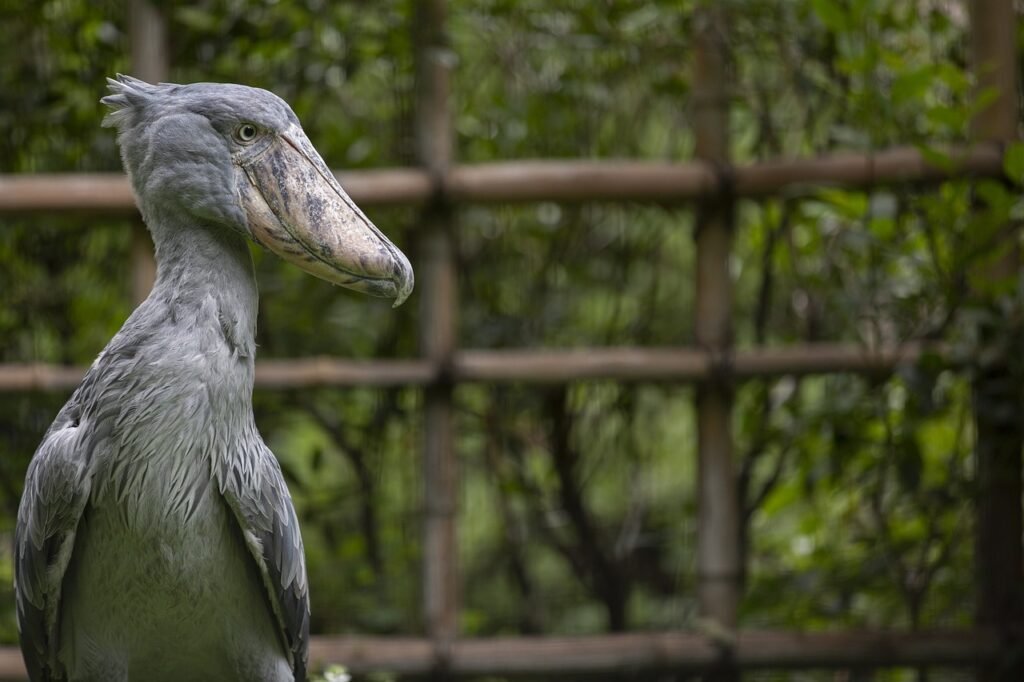

Gibbon Rehabilitation Process
Overview of the rehabilitation process
The rehabilitation process at the Gibbon Rehabilitation Project aims to prepare captive gibbons for their eventual return to the wild. It involves several stages, starting with the rescue and initial care of the gibbons, followed by their physical and psychological rehabilitation. The project team provides comprehensive medical care and creates an environment that encourages natural behaviors, preparing the gibbons for their release into a protected forest.
Stages of gibbon rehabilitation
The rehabilitation process consists of three main stages: the quarantine and health check stage, the socialization stage, and the pre-release stage. During the quarantine and health check stage, newly rescued gibbons undergo a thorough health examination and are given time to recover from any physical ailments. In the socialization stage, gibbons are gradually introduced to others of their kind, allowing them to develop social bonds and learn essential skills for survival in the wild. Finally, in the pre-release stage, the gibbons are moved to pre-release islands or large forested enclosures, where they can refine their natural behaviors and adapt to their future habitat.
Release programs and success stories
Once the gibbons have successfully completed the rehabilitation process, they are released into one of the protected forest areas supported by the project. The ultimate goal is to reintroduce the gibbons into their natural habitat, where they can thrive in a safe and sustainable manner. Over the years, the Gibbon Rehabilitation Project has celebrated numerous successful releases, with many rehabilitated gibbons successfully adapting to their wild surroundings. These releases are a testament to the effectiveness of the project’s rehabilitation efforts and the dedication of their team.
Conservation and Wildlife Protection
Conservation efforts by the Gibbon Rehabilitation Project
The Gibbon Rehabilitation Project plays a crucial role in gibbon conservation by rescuing and rehabilitating gibbons that have been victims of the illegal pet trade or other forms of exploitation. By providing a safe haven for these animals and working towards their release back into the wild, the project actively contributes to the conservation of gibbon populations. Additionally, the project’s educational programs and awareness campaigns help raise public understanding of the importance of protecting gibbons and their natural habitats.
Impact of tourism on gibbon conservation
Tourism can have both positive and negative impacts on wildlife conservation. In the case of the Gibbon Rehabilitation Project, responsible tourism plays a significant role in their success. The project relies on funds generated from visitor fees and donations to continue their rehabilitation efforts and protect gibbons in the long term. Through responsible tourism practices, visitors contribute to the financial sustainability of the project, allowing them to make a lasting impact on the lives of gibbons and their wild counterparts.
Other wildlife species at the project
While gibbons are the main focus of the project, the Gibbon Rehabilitation Project is also home to other wildlife species. The project aims to provide a safe environment for various rescued animals, including macaques, slow lorises, and sun bears. By caring for these animals and raising awareness about their plight, the project contributes to the overall protection and conservation of Thailand’s diverse wildlife.


Accommodation and Facilities
Accommodation options nearby
If you wish to stay near the Gibbon Rehabilitation Project, there are various accommodation options available in the surrounding areas. From eco-friendly resorts to guesthouses, you can choose a place that suits your preferences and budget. Some accommodations even offer easy access to the project, allowing you to immerse yourself fully in the conservation experience.
On-site facilities at the Gibbon Rehabilitation Project
The Gibbon Rehabilitation Project provides several on-site facilities to ensure a comfortable and enjoyable visit. These facilities include restroom facilities, a visitor center with informative displays, and a gift shop where you can purchase souvenirs to support the project. Additionally, there are picnic areas where you can relax and enjoy a meal amidst the natural beauty of the project surroundings.
Food and refreshment availability
While the Gibbon Rehabilitation Project does not have a restaurant on-site, there are nearby cafes and restaurants where you can grab a meal before or after your visit. These establishments offer a range of Thai and international cuisine, catering to different dietary preferences. It is advisable to bring some snacks and water with you during your visit to ensure you stay hydrated and energized.
Supporting the Project
Ways to support the Gibbon Rehabilitation Project
Aside from visiting the project, there are various ways you can support the ongoing efforts of the Gibbon Rehabilitation Project. One of the most impactful ways is by spreading awareness about the project and its objectives. Sharing information about their work with friends, family, and on social media platforms can help raise awareness and encourage others to get involved. Additionally, supporting the project through donations or volunteering further contributes to their vital work in conserving gibbons and their natural habitat.
Donations and sponsorship
Donations play a crucial role in funding the rehabilitation and release programs of the Gibbon Rehabilitation Project. The project welcomes monetary contributions, which directly support the care and well-being of the gibbons. Additionally, the project offers sponsorship opportunities, allowing individuals or organizations to contribute to the success of specific initiatives, such as the construction of forest enclosures or the establishment of educational programs.
Volunteering opportunities
For individuals seeking a more hands-on experience, volunteering at the Gibbon Rehabilitation Project is an excellent way to make a direct impact. Volunteers assist in various aspects of the project, ranging from animal care and rehabilitation support to educational outreach initiatives. By dedicating your time and skills, you become an integral part of the project’s mission, supporting the gibbons’ journey towards freedom.
Sharing information and raising awareness
In an interconnected world, raising awareness about the importance of ethical wildlife conservation is crucial. By sharing information about the Gibbon Rehabilitation Project and its objectives, you can inspire others to join the cause. Whether through social media, personal conversations, or even organizing awareness campaigns, your efforts in spreading the word can contribute significantly to the project’s success.
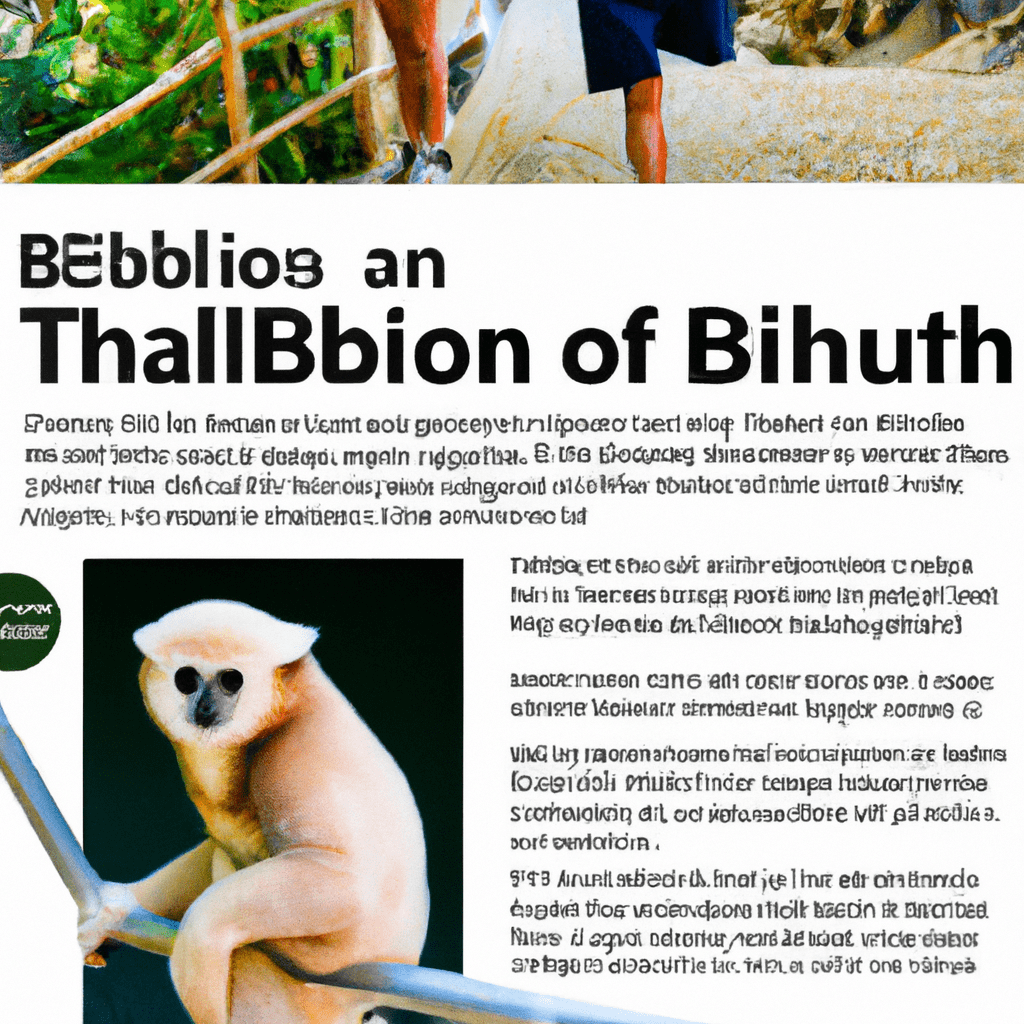

Ethical Considerations
Ethical considerations for visiting wildlife rehabilitation projects
When visiting wildlife rehabilitation projects like the Gibbon Rehabilitation Project, it is essential to prioritize the well-being and welfare of the animals. Remember that the primary focus of these projects is to rehabilitate and release animals back into the wild. It is vital to respect any guidelines or instructions provided by the project staff and not engage in any activities that could harm or disrupt the animals’ natural behaviors.
Animal welfare policies and practices
The Gibbon Rehabilitation Project adheres to strict animal welfare policies and practices. These guidelines ensure that the welfare of the gibbons is the project’s top priority throughout the rehabilitation process. The project’s staff are highly trained in the proper care and handling of animals, ensuring that they receive the best possible treatment while in their care. By supporting the project, you contribute to their ongoing commitment to animal welfare.
Responsible tourism guidelines
Responsible tourism is crucial for the success of wildlife rehabilitation projects. When visiting the Gibbon Rehabilitation Project, it is important to follow responsible tourism guidelines. This includes respecting the animals’ space, refraining from any activities that may disturb them, and adhering to the project’s guidelines regarding photography and interaction with the gibbons. By being a responsible tourist, you contribute to the sustainable and ethical conservation of gibbons and their habitat.
Conclusion
Final thoughts on visiting the Gibbon Rehabilitation Project
Visiting the Gibbon Rehabilitation Project in Phuket is not only an unforgettable experience but also a meaningful way to contribute to wildlife conservation. By witnessing the incredible work this project does to rehabilitate and release gibbons, you become a part of the solution to the challenges faced by these magnificent creatures. Your visit not only supports their welfare but also raises awareness about the importance of ethical wildlife conservation.
Impact of visitors on the project’s success
Visitors play a vital role in the success of the Gibbon Rehabilitation Project. The funds generated from visitor fees and donations directly support the care and rehabilitation of the gibbons. Additionally, the engagement and interest shown by visitors create a ripple effect, inspiring others to get involved and make a difference in wildlife conservation. Your visit encourages the project to continue its important work and serves as a testament to the enduring connection between humans and nature.
The importance of supporting ethical wildlife conservation
Supporting ethical wildlife conservation, such as the work carried out by the Gibbon Rehabilitation Project, is more important now than ever before. Wildlife populations face numerous threats, including habitat loss, illegal trade, and climate change. By supporting projects that prioritize the well-being of animals and aim to restore their rightful place in the wild, we can contribute to the long-term survival of these magnificent creatures. Together, we can make a positive impact and ensure a more harmonious future for both wildlife and humans alike.
